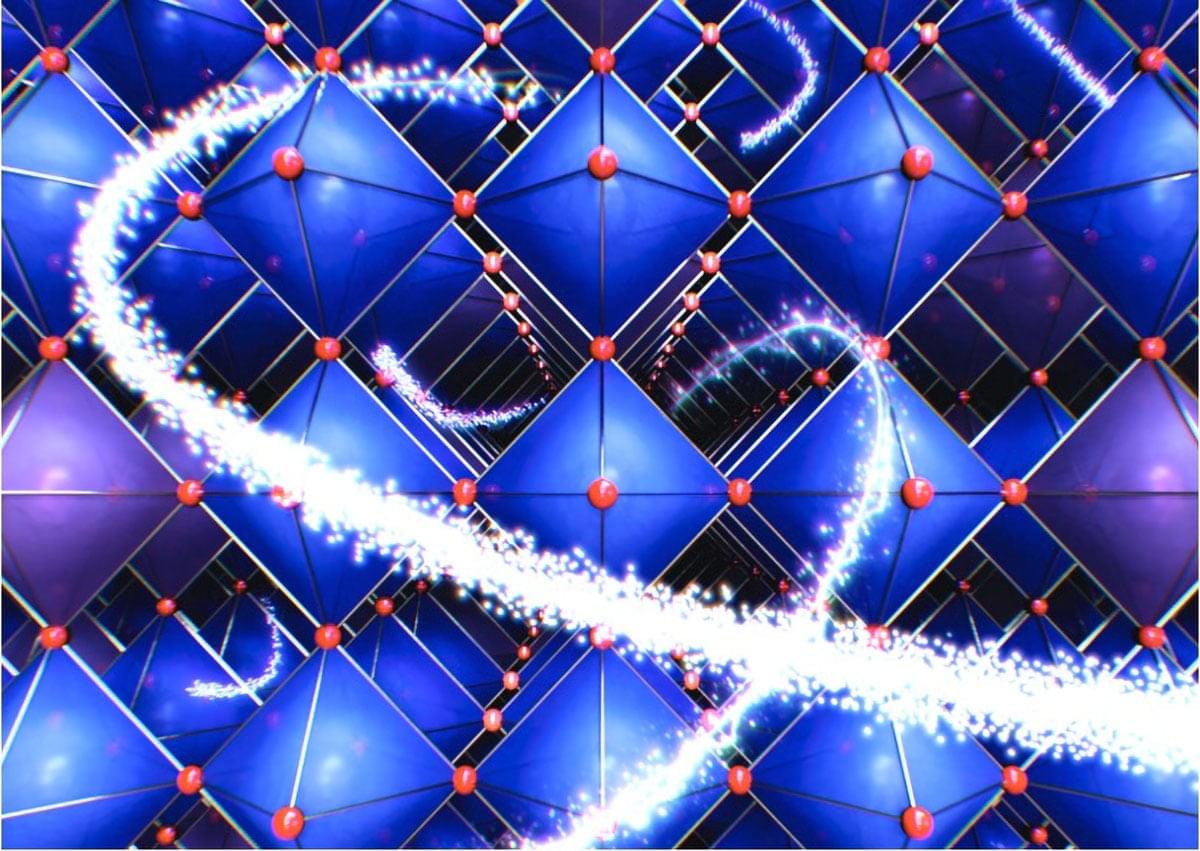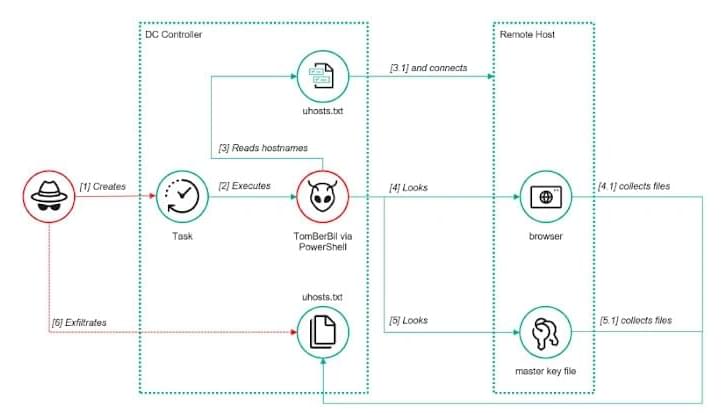UT researchers have made rare measurements of exotic nuclear decay that reshape how scientists think heavy elements form in extreme cosmic events.
You can’t have gold without the decay of an atomic nucleus, yet the details behind that transformation have long been difficult to confirm. Researchers in nuclear physics at UT have now reported three key findings in a single study that clarify important parts of this process. Their work offers new guidance for developing models that explain how stars create heavy elements and may improve predictions about the behavior of exotic, short-lived nuclei found across the universe.
The Physics of Bling.









